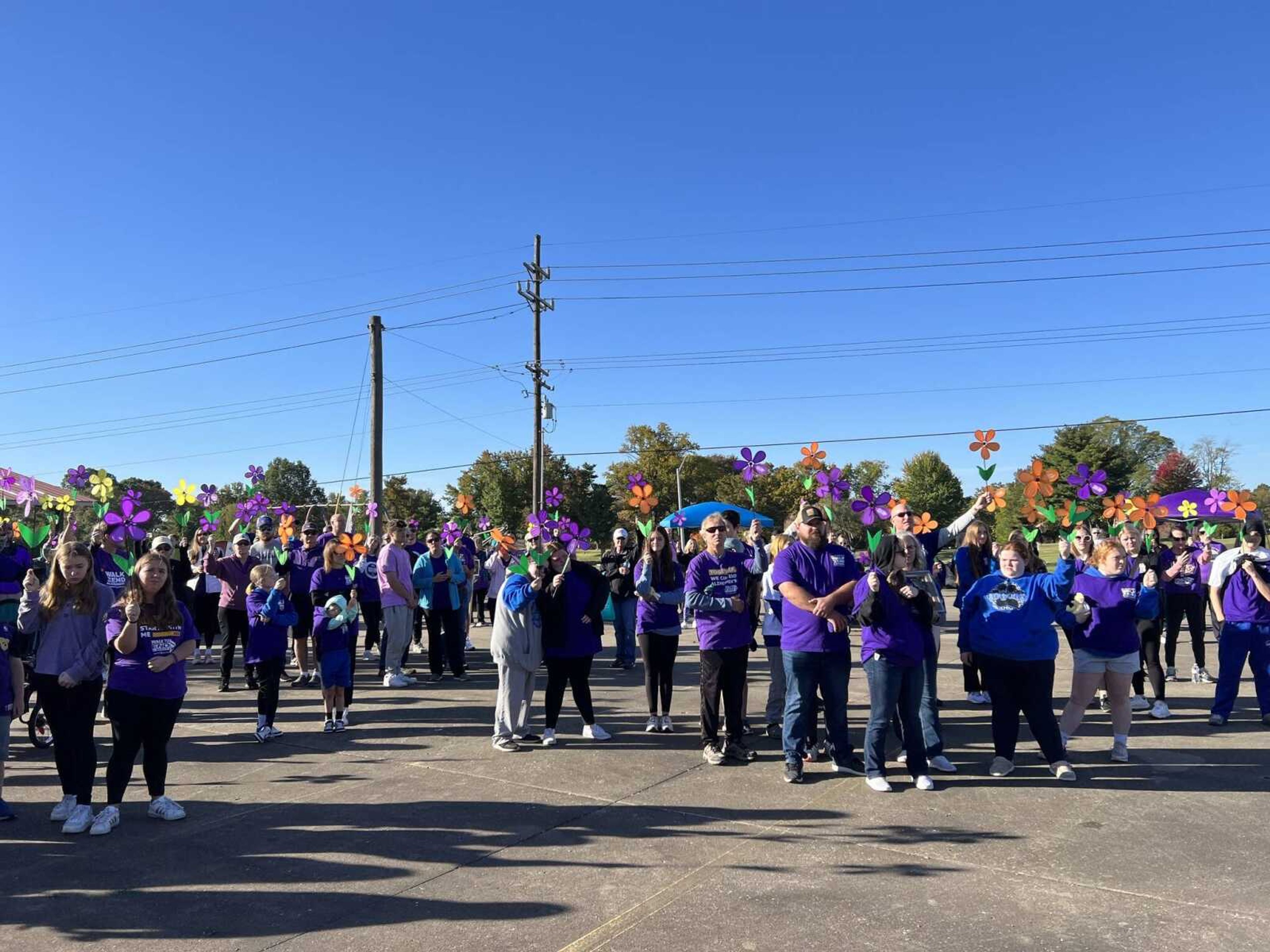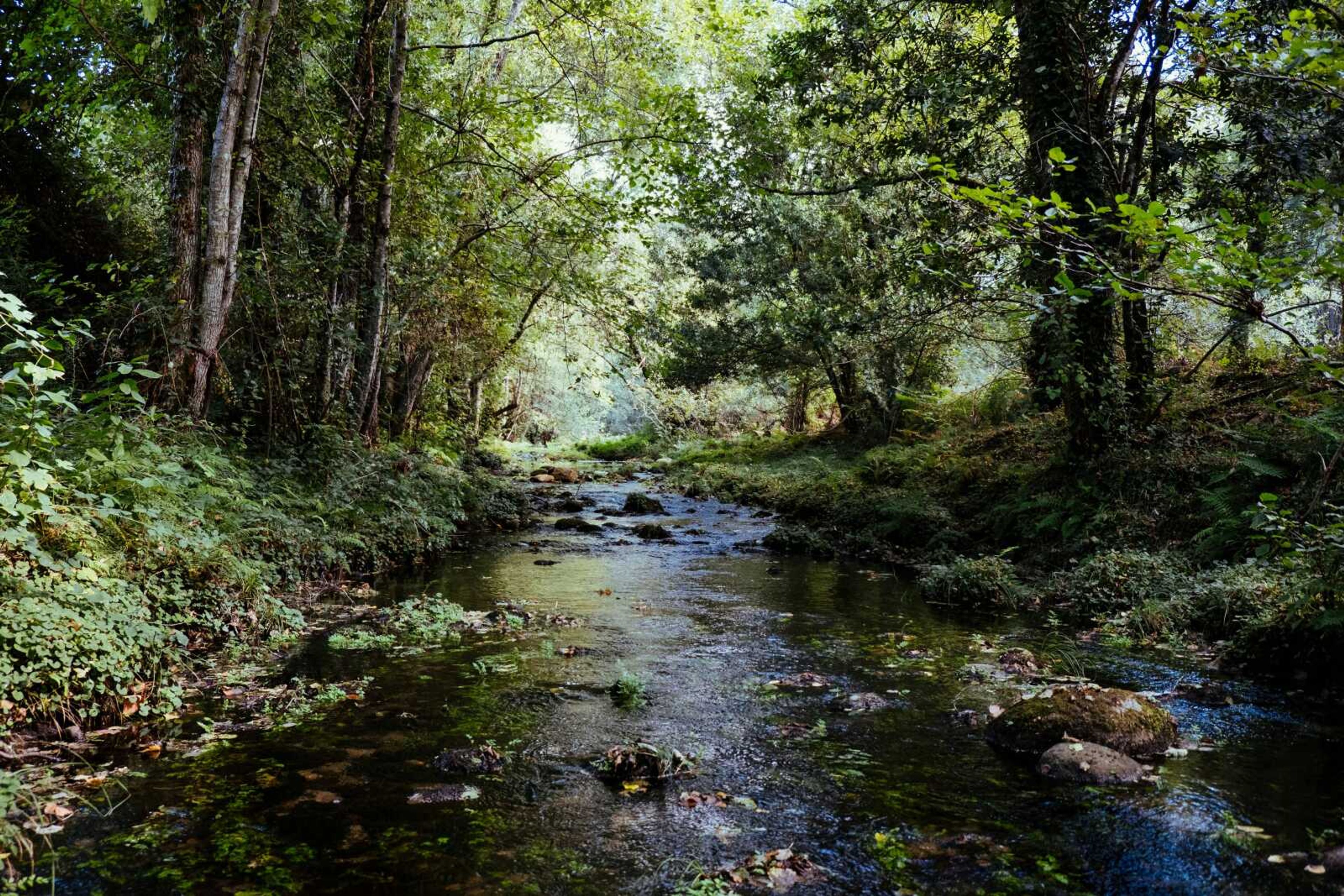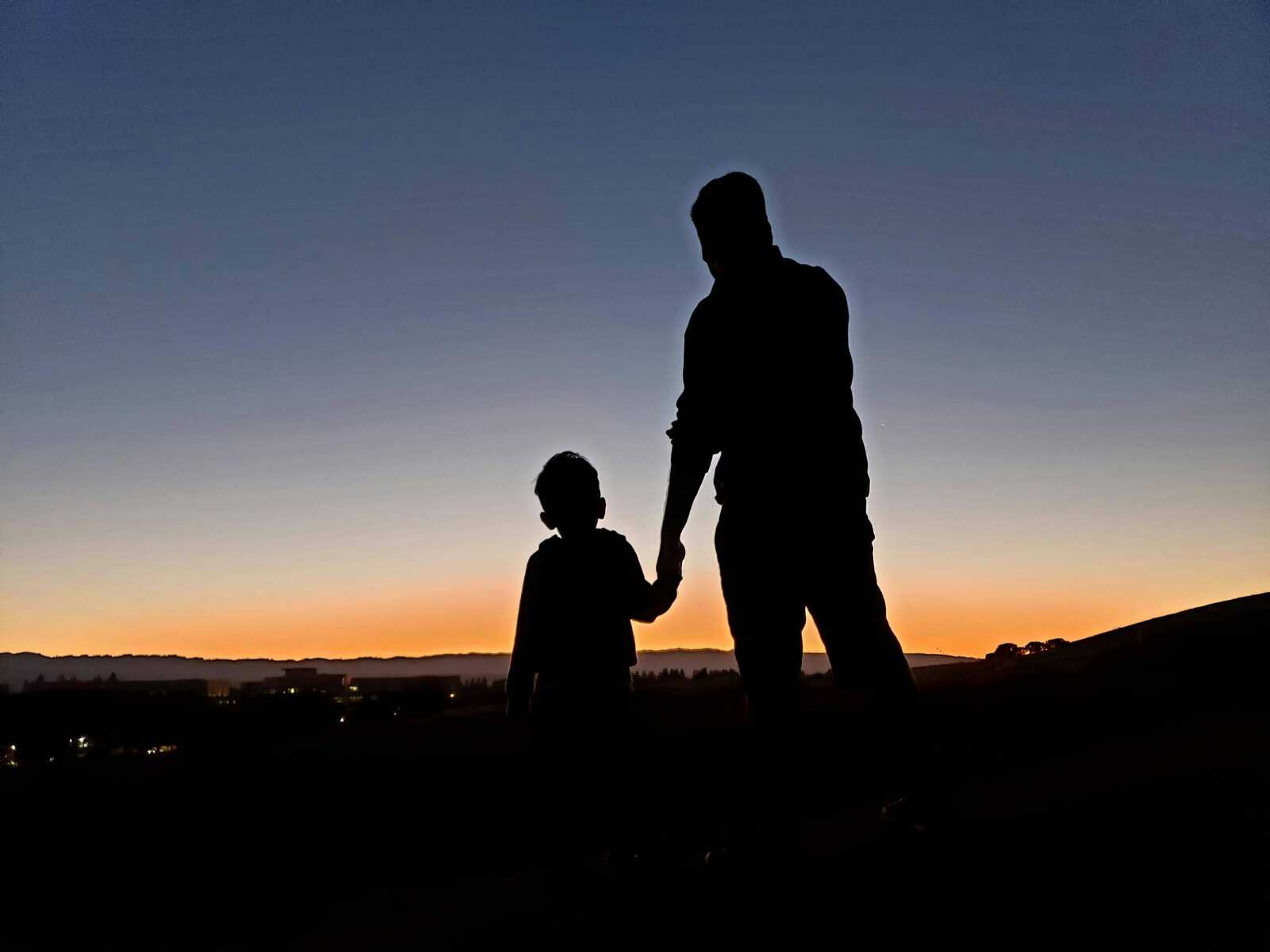Quilting a lasting tradition: Quilt show coming to St. John's Lutheran Church on April 23
As far back as the settlement of the West, quilts have played an important role in the history of Americana. Warm quilts were a very necessary item on the frontier for survival through the cold winters, for comfort and for artistic expression in drab surroundings. ...
As far back as the settlement of the West, quilts have played an important role in the history of Americana. Warm quilts were a very necessary item on the frontier for survival through the cold winters, for comfort and for artistic expression in drab surroundings. In the life and times of slavery, quilts were used as part of the Underground Railroad and a means to freedom. The craft of quilting is very much alive today and continues to be an expression of beauty and artistry.
The word "quilting" brings to mind one of my fondest memories. My sisters and I slept in the upstairs of the old farmhouse we lived in during the 1950s and 1960s. It was quite an adventure, almost like camping out. There was no insulation in those walls. The little heat we had was provided by the stovepipe that ran up through the floor from the stove in the room below. The fire in that stove would often go out during the night, and even though my sister and I shared the same bed, it was very difficult to stay warm. A mound of blankets and quilts was piled on our bed.
One of the quilts was my favorite. It was called a "friendship quilt" and was made from patchwork blocks from about a dozen friends and relatives of my mother when she was a young girl. Each person had made a block from their favorite scraps of cloth and embroidered her name in the middle. These blocks were put together with solid color strips of cloth and quilted with many tiny stitches. It was given to my mother for her hope chest. Mama treasured this quilt very much. As my sister and I lay in bed, we would read the names and pick out our favorite blocks.
Mama taught us about making quilts when we were very young. She let my sisters and me pick out fabric for her quilts and special designs to draw on the strips to be quilted. She showed us how the blocks and strips fit together and, when we were ready, how to make the tiny stitches. When one of her quilts was in the frame, it took up most of the space in the living room. We thought it was fun to crawl under the quilt and pretend we were in a tent. For high school graduation, Mama made each of us a special quilt of a design we had chosen. My quilt was an iris quilt put together with blue strips and white blocks.

The art of piecing and quilting quilts dates back to the pioneer days, when the necessity of warm, sturdy quilts kept the women of the house busy. This task of cutting and sewing was done many times, with no real design in mind. The women would use any available scraps of cloth, whether it was new material or used fabric from garments that were no longer wearable because of holes or worn spots. Designs often were created out of very basic heavy woolen or cotton cloth.
Heavy blankets or comforters were often made by covering a worn quilt with another layer of fabric, top and bottom. These blankets were too thick for quilting. Instead, the thick layers of pieced cloth were put together by a method called tacking, in which a large needle with string or yarn was inserted down through all layers and back up through each layer to the top of the quilt. The threads were tied, then clipped about an inch above the knot.
Hand-quilted quilts were valuable not only for their warmth, but also as a means of artistic expression. They were sometimes the only decorative touch in the drab cabins and early homes of the pioneers. Special quilts were made for wedding gifts and to welcome the birth of a baby. Girls were taught to quilt and sew at a very young age. The seemingly endless job of providing clothing and warmth for large families made sewing skills a real necessity.
American folklore includes stories about African-American slaves using quilts hung on clotheslines and over windowsills and fences as a code giving directions to runaway slaves. Each quilt pattern held a special meaning to the escapees as a means to freedom.

Hand-quilted quilts are made of three layers. The bottom layer is called the lining. It was often cotton fabric or whatever was available. The batting, or the middle layer, was made of cotton filling or sometimes just a piece of flannel. (Today the filling is made of polyester fibers that don't wad up like the batting of years ago.) The pieced top was the third layer. The layers were placed in a wooden quilting frame, which stretched and held the quilt layers in place during the quilting process. Tiny running stitches, known as quilting, fastened the three layers together.
Cold winters and drafty houses meant many quilts and blankets were needed in each household. Therefore, quilting could be a very time-consuming task. To make the hours of work go faster and be more fun, several ladies within traveling distance would get together for quilting bees. As they sat around the quilt and their fingers stitched the short, even stitches, they would laugh and visit, catching up on the latest gossip. With many ladies working together, the often tiresome task became a joyous social occasion. They exchanged ideas as to how best they could use what materials they had and they would trade their designs and fabric scraps with each other.
To keep track of the designs, they gave them names representing something in the family, their home, their surroundings, even something from the Bible or the method of arranging the pieces. Blazing Star, Goose Tracks, Bear Claw, Dutchman's Breeches, Log Cabin, Bowtie and Jacob's Ladder are just a few of the quilt block pattern names.
The art of quilting is very much alive today. And as in days past, it can be a satisfying and creative experience that results in a useful product. It can also help you create a beautiful accessory for your home that will someday become a treasured heirloom.
I have quilted several quilts over the years and am presently working on a bandanna quilt for my daughter-in-law that was hand pieced by her grandmother. Rectangles of red bandanna fabric alternating with rectangles of white cotton fabric form the simple design of the top, which will be hemmed with a narrow black border.
Since I don't have room for a regular quilting frame, such as the ones my ancestors used, I do my quilting with an oval hoop that I hold on my lap. I have never kept track of the number of hours involved in finishing a quilt, but it can take months, unless you are able to spend several hours a day quilting. That is why the quilting bees of long ago were such a good idea. So, if your mother or grandmother took the time to make a quilt for you, consider yourself loved.
One of the simplest quilts for a beginning quilter is the nine-patch quilt. This is the first quilt I learned to make. Each block consists of nine small squares. Four of the squares are cut from print fabric and five are solid, or vice versa. It was fun experimenting with different color combinations using the solids and prints and sewing them together on Mama's old treadle machine.
One especially striking nine-patch made by my mother was a combination of bright prints and solids put together with bright red strips and hemmed with a red binding. This quilt was made many years ago and is a beautiful memory of the past.
Mama's Quilt
'Tis truly a thing of beauty to behold
This burst of color so bright and bold.
Its charm and beauty knows no measure.
Hard working hands made it a treasure.
St. John's Lutheran Church in Pocahontas will host its second annual quilt show from 9 a.m. to 5 p.m. Saturday, April 23. The interior of this historic church will be decorated with nearly 100 quilts of all kinds and sizes, including many vintage quilts. This display is part of the Mississippi River Valley Scenic Drive, which takes place April 23 and 24.
---------------
About Mary
Mary Koeberl Rechenberg is a retired teacher and freelance writer. She lives near Pocahontas.
Connect with the Southeast Missourian Newsroom:
For corrections to this story or other insights for the editor, click here. To submit a letter to the editor, click here. To learn about the Southeast Missourian’s AI Policy, click here.










